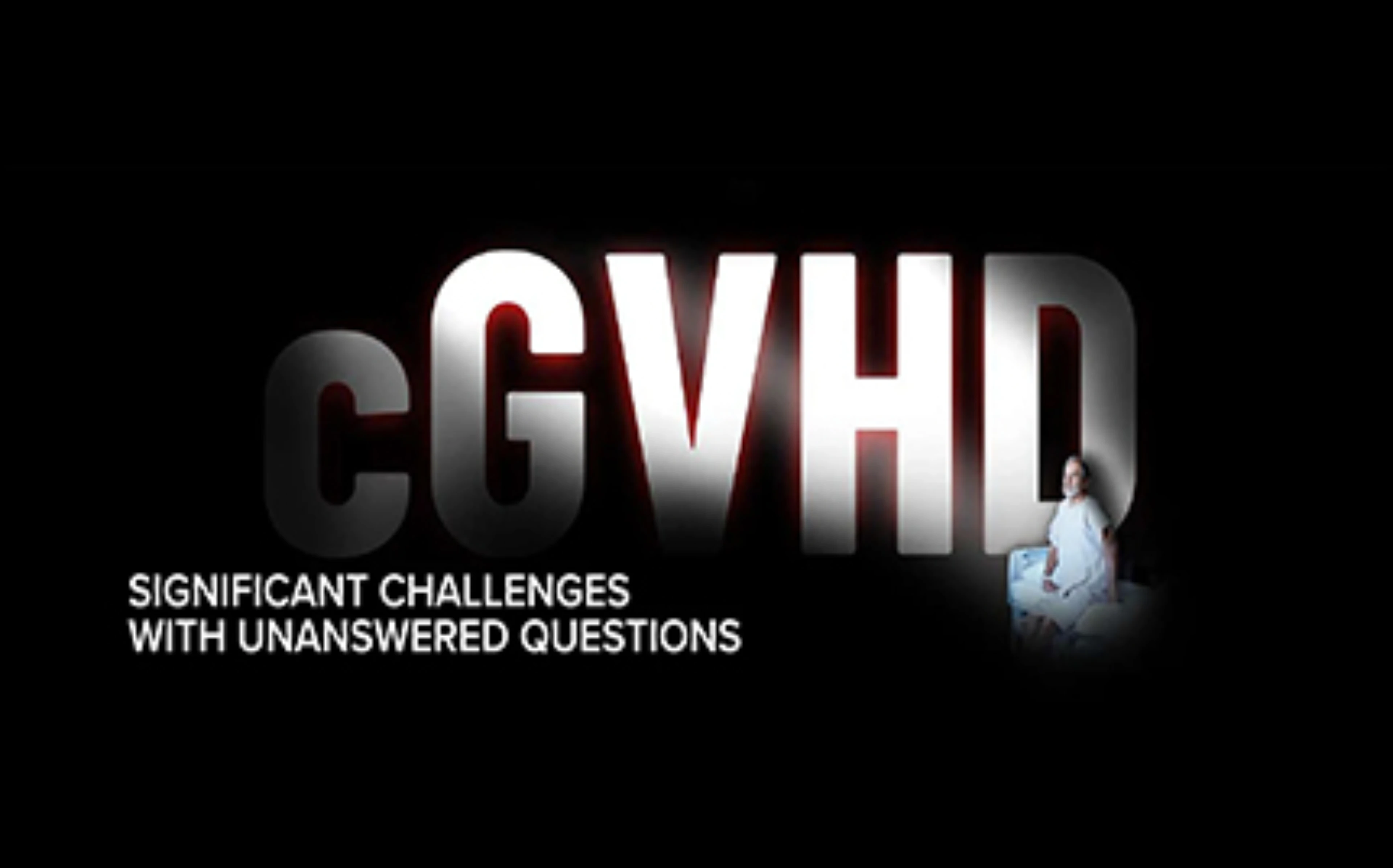- Article
- Source: Campus Sanofi
- May 20, 2025
Optimizing Treatment

HOW CAN THE TREATMENT PARADIGM OF cGVHD BE OPTIMIZED?
The lack of standardized treatment and response biomarkers, as well as the variability of the disease from person to person, impedes the goals of extending survival and improving QOL.1
%20(1).png)
First-line therapy
with systemic corticosteroids, with or without CNIs, is well established in patients with chronic graft-versus-host disease.2-4
%20(1).png)
Second-line therapy
Second-line therapy
may be required for approximately
70%
of patients with cGVHD.5
%20(1).png)
Third-line therapy
may be required for approximately
50%
of those patients, with many progressing to later lines of therapy.5
Both corticosteroids and CNIs may provide effective initial therapy for cGVHD. However, prolonged systemic use of either can cause significant toxicities.2
Toxicities associated with prolonged corticosteroid use include2
- Weight gain
- Bone loss
- Myopathy
- Diabetes
- Hypertension
- Mood swings
- Cataract formation
- Increased risk of infection
Toxicities associated with prolonged CNI use include6
- Nephrotoxicity
- Neurotoxicity
- Metabolic abnormalities
Corticosteroids should be tapered to allow for the lowest dose that adequately controls cGVHD. Once cGVHD is controlled, corticosteroids should be withdrawn, followed by withdrawal of CNIs.2 For these patients who are unable to tolerate prolonged exposure, a more targeted approach may be required.3,4,6,7
As patients progress to later lines of therapy, the focus of treatment becomes stabilizing the condition while limiting AEs and maintaining QOL.6,8
A treatment paradigm that allows for the right treatment for the right patient at the right time may better address the manifestations of cGVHD.
.png)
AE, adverse event; cGVHD, chronic graft-versus-host disease; CNI, calcineurin inhibitor; QOL, quality of life.
-
Hamilton BK. Updates in chronic graft-versus-host disease. Hematology Am Soc Hematol Educ Program. 2021;2021(1):648-654. doi:10.1182/hematology.2021000301
-
Flowers MED, Martin PJ. How we treat chronic graft-versus-host disease. Blood. 2015;125(4):606-615. doi:10.1182/blood-2014-08-551994
-
Mawardi H, Hashmi SK, Elad S, Aljurf M, Treister N. Chronic graft-versus-host disease: current management paradigm and future perspectives. Oral Dis. 2019;25(4):931-948. doi:10.1111/odi.12936
-
Cutler CS, Koreth J, Ritz J. Mechanistic approaches for the prevention and treatment of chronic GVHD. Blood. 2017;129(1):22-29. doi:10.1182/blood-2016-08-686659
-
Lee SJ, Nguyen TD, Onstad L, et al. Success of immunosuppressive treatments in patients with chronic graft-versus-host disease. Biol Blood Marrow Transplant. 2018;24(3):555-562. doi:10.1016/j.bbmt.2017.10.042
-
Dignan FL, Amrolia P, Clark A, et al; on behalf of the Haemato-oncology Task Force of the British Committee for Standards in Haematology and the British Society for Blood and Marrow Transplantation. Diagnosis and management of chronic graft-versus-host disease. Br J Haematol. 2012;158(1):46-61. doi:10.1111/j.1365-2141.2012.09128.x
-
Hill L, Alousi A, Kebriaei P, Mehta R, Rezvani K, Shpall E. New and emerging therapies for acute and chronic graft versus host disease. Ther Adv Hematol. 2018;9(1):21-46. doi:10.1177/2040620717741860
-
Jagasia MH, Greinix HT, Arora M, et al. National Institutes of Health consensus development project on criteria for clinical trials in chronic graft-versus-host disease: I. The 2014 Diagnosis and Staging Working Group Report. Biol Blood Marrow Transplant. 2015;21(3):389-401.e1. doi:10.1016/j.bbmt.2014.12.001
MAT-SA-2300860/v2/March2024